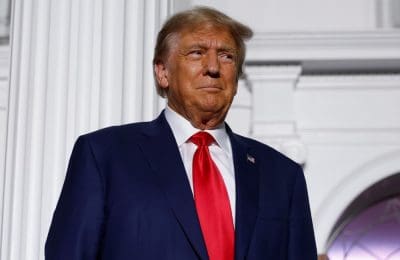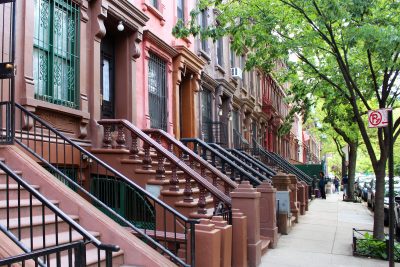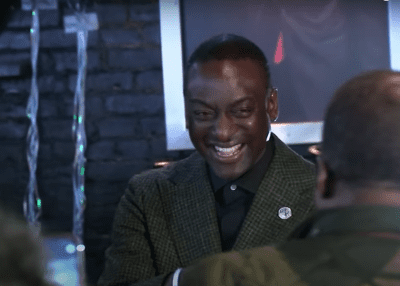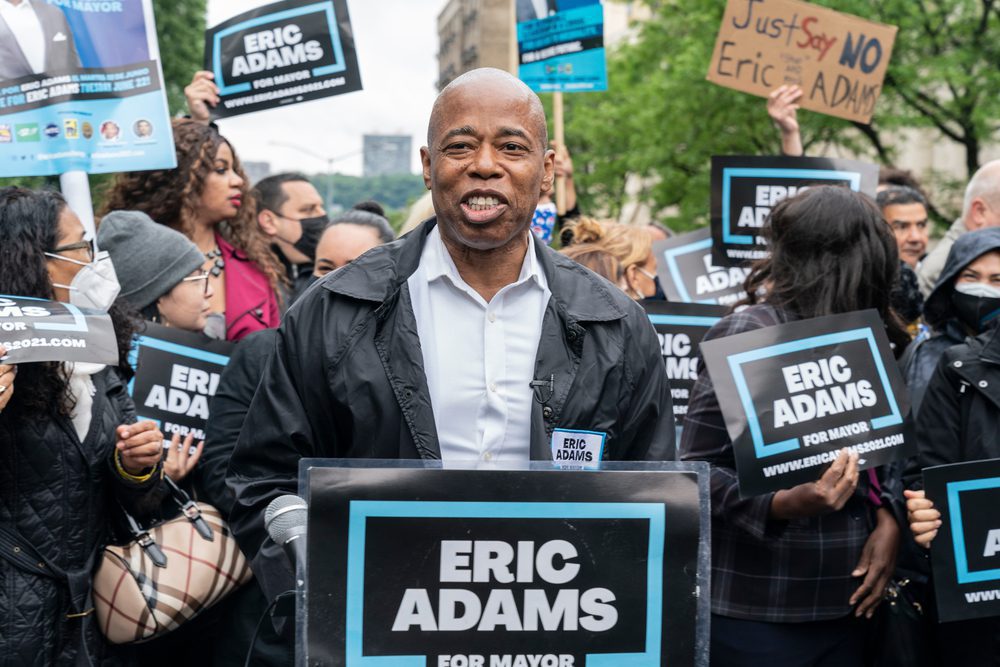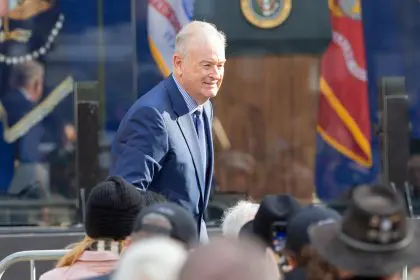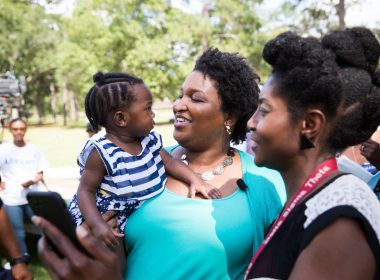 NEW YORK — This is Ground Zero of American discontent.
NEW YORK — This is Ground Zero of American discontent.
Here in downtown Manhattan, just a few blocks from where two airline planes took down the World Trade Center towers, there is evidence that another cavernous hole exists — this one in the soul of America. And that toxic brew of discontent, disenfranchisement and disdain for the elitist power structure plays out through the Occupy Wall Street movement in Liberty Park, an area nestled within the formidable edifices of money and power in America. The Occupy Wall Street has attracted thousands of exasperated citizens from around the country and engendered the support of major Hollywood celebrities, workers unions and caught the attention of a phalanx of national media.
So what is the face of American discontent?

It looks like Sparro Kennedy of nearby Mount Vernon, N.Y. She is not only protesting on Wall Street, she actually lives on Wall Street. The Michigan State University theater graduate has been homeless for three weeks because she cannot find a job to offset the high cost of living in America’s largest and most congested city. So she protests in Liberty Park during the day and sleeps in the park with several hundred others at night.
“I’m here because I’m getting signatures for this petition, Wealth Concentration Reform,” she says of the form, which details how 35 percent of the nation’s wealth is owned by 1 percent of the population and calls for a tax hike on the top 10 percent of wealth gainers. “We want the result revenues be used to fund programs that will benefit the health, economic and educational needs of the majority. I believe there is a great problem with wealth concentration in this country.”

American discontent looks like Myieven Starr of the Bronx. The senior pre-med student at the City College of New York is like many here at the protest movement who are deep in debt and scared about their future. “I’m worried that by the time I have children, I’m going to be worried about their future while I’m paying off all of my loans,” she said, gesticulating wildly and speaking in high decibels. With aspirations to be a neurosurgeon, she said she was jolted to the core when she ran into another highly educated person protesting.
“I ran into somebody just the other day who has three science degree and they are still jobless,” she said, her voice cracking as her eyes fill with tears. “I don’t think it’s fair that they studied their whole life to go into the profession of their choosing, but they can’t get a job because there are no jobs to go to.
Discontent looks a lot like Paul Wint of Brooklyn who ventured down to the park to drink in the scene. He noticed that, despite what he calls the media’s attempt to marginalize the movement as lazy youth acting petulant, that there was a broad section of the population represented. Around him are a bank of TV cameras, reporters and onlookers with pocket cameras shooting the spectacle that has captured the attention of the nation and has spawned movements in at least 35 other cities. “Everyone here has different opinions and they are voicing it. And I think they are right,” he said. “I agree with them taking occupancy [of Wall Street]. I think this is justified.
Discontent looks like a former Black Panther named Richie Williams of Manhattan’s Upper West Side. “We are in solidarity with the people down here because this is what we were doing 40 years ago,” he said, adding that he sees a lot of similarities between today’s movement and what he and his young comrades experienced during the height of the Black Power Movement in the late ’60s and early ’70s.
“There are things that are happening here today that are for the same reasons, the same causes. But when it was black people, we were brutalized and beaten down. But when the nation saw the photo of the white girl being arrested and handcuffed last week in the newspaper, they said ‘let’s go down here because this is our children.’ I might add that I am glad that we are finally coming together, because we are fighting for the same thing. And that’s what it’s all about.”
–terry shropshire


